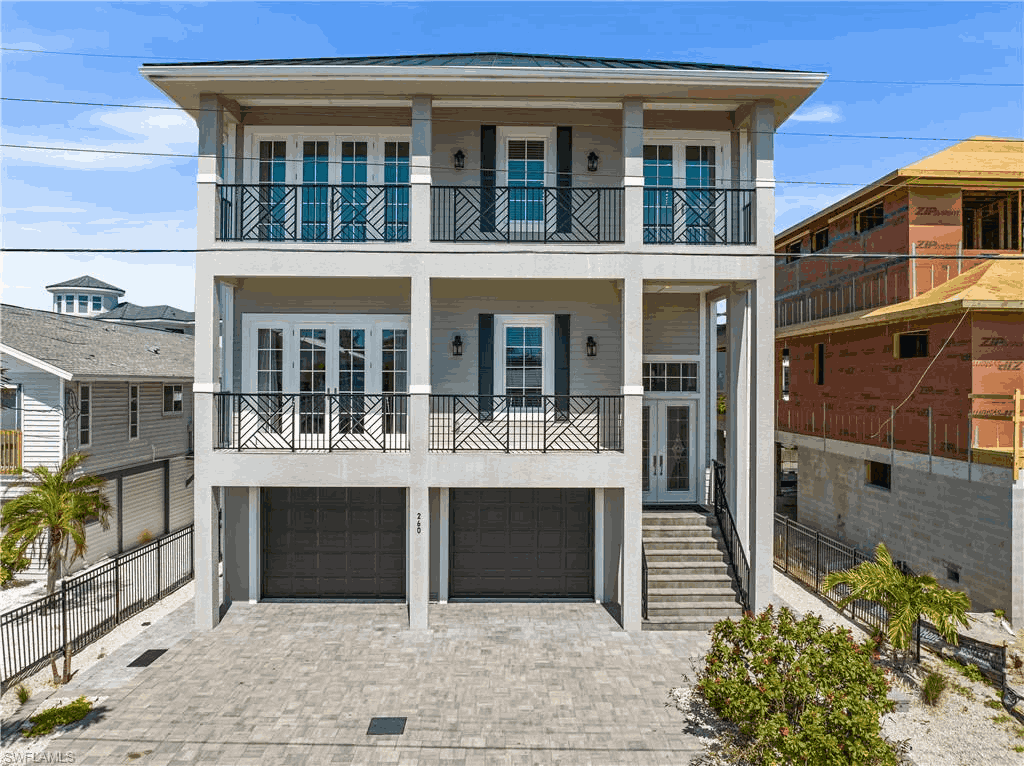Fort Myers Beach
- Home
- Fort Myers Beach
Sorry we are experiencing system issues. Please try again.
Your Dream Home Awaits in Fort Myers Beach!
Are you in search of your perfect slice of paradise in Fort Myers Beach, Florida? Look no further! At Cre8ive Realtors, we understand the importance of finding the right property that meets your needs and exceeds your expectations. Whether you’re searching for a cozy beachfront cottage or a luxurious waterfront estate, we’re here to help you navigate the real estate market with ease.

Find Your Fort Myers Beach, Florida Houses for Sale with Us
Are you ready to make Fort Myers Beach your home? With its pristine sandy beaches, vibrant community atmosphere, and endless recreational opportunities, it’s no wonder why so many people are choosing to call this place their own. From charming beach bungalows to modern condominiums, there’s something for everyone here in Fort Myers Beach.
As you embark on your journey to find the perfect houses for sale in Fort Myers Beach, Florida, enlist the expertise of Cre8ive Realtors to guide you every step of the way. Our team of experienced real estate professionals is dedicated to helping you find the home of your dreams, tailored to your unique preferences and lifestyle. We understand the local market inside and out, allowing us to provide you with valuable insights and recommendations to ensure that you make informed decisions. With our personalized approach and unwavering commitment to client satisfaction, we’ll work tirelessly to exceed your expectations and turn your real estate goals into reality.
Whether you’re searching for a cozy beachfront condo, a spacious single-family home, or a sprawling waterfront estate, Cre8ive Realtors has access to an extensive inventory of properties for sale in Fort Myers Beach.

Are You trying to Explore Property for Sale in Fort Myers Beach, Florida
Looking to invest in your future? Fort Myers Beach offers a plethora of investment opportunities for savvy buyers. Whether you’re interested in purchasing a vacation rental property or a multi-unit complex, our team of experienced real estate professionals can help you find the perfect investment property to meet your financial goals.
At Cre8ive Realtors, we pride ourselves on our personalized approach to real estate. We take the time to understand your unique needs and preferences, ensuring that we find the perfect property that aligns with your lifestyle and budget. With our extensive knowledge of the Fort Myers Beach market, we’ll work tirelessly to negotiate the best possible deal on your behalf.
With property values on the rise in Fort Myers Beach, now is the perfect time to make your move. Whether you’re looking for a permanent residence or a vacation getaway, investing in Fort Myers Beach real estate is a decision you won’t regret. Let us help you find your dream home in this beautiful coastal paradise. Property for sale in Fort Myers Beach, Florida is in high demand, but with the help of Cre8ive Realtors, you can secure the perfect property for you and your family. Contact us today to learn more about how we can assist you in finding your dream home in Fort Myers Beach!
What We Do?
At Cre8ive Realtors, we specialize in helping our clients navigate the complex world of real estate with ease and confidence. Our dedicated team of experienced professionals is committed to providing personalized service tailored to meet the unique needs and preferences of each individual client. From helping buyers find their dream homes to assisting sellers in maximizing the value of their properties, we offer comprehensive services designed to streamline the entire real estate process.
End your search for the perfect property in Fort Myers Beach today with Cre8ive Realtors. Let us help you turn your real estate dreams into a reality!